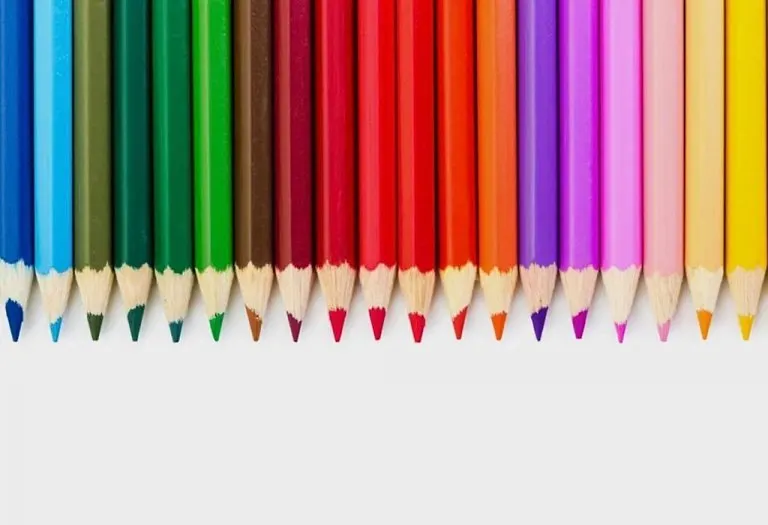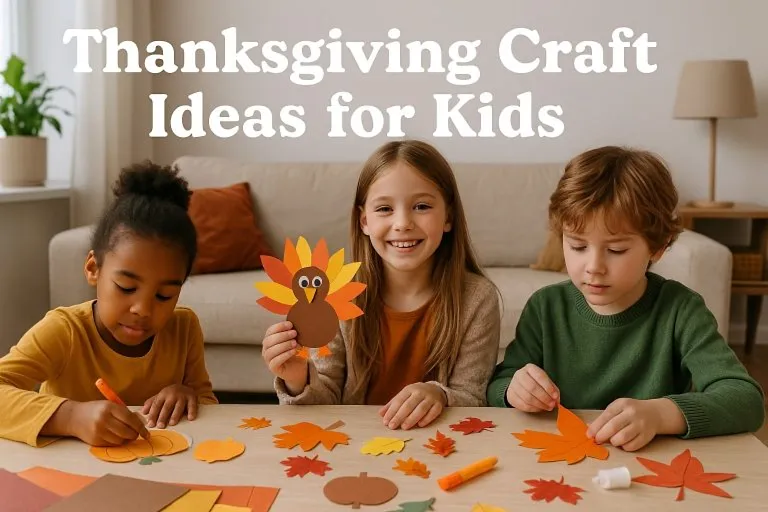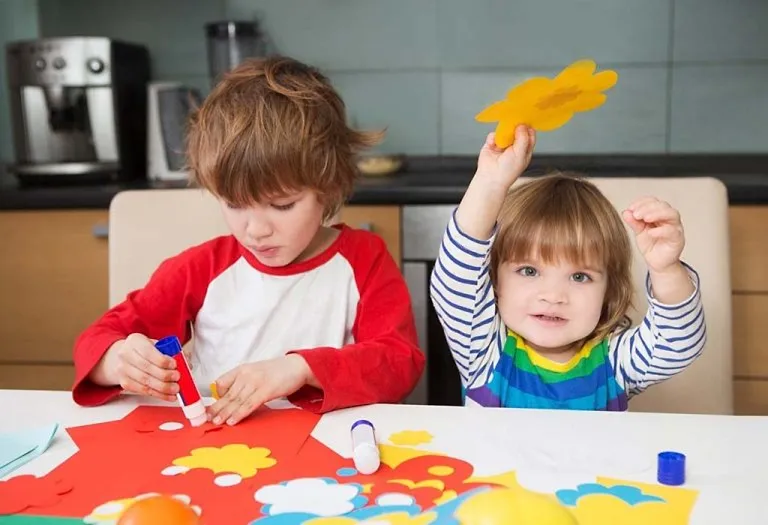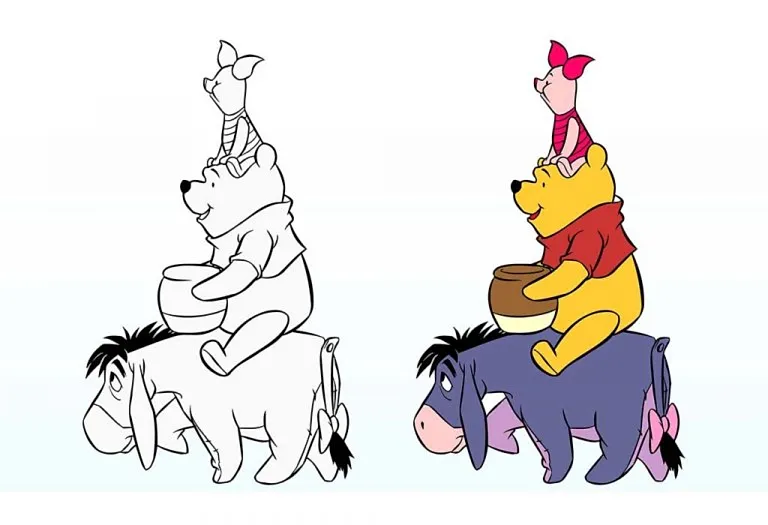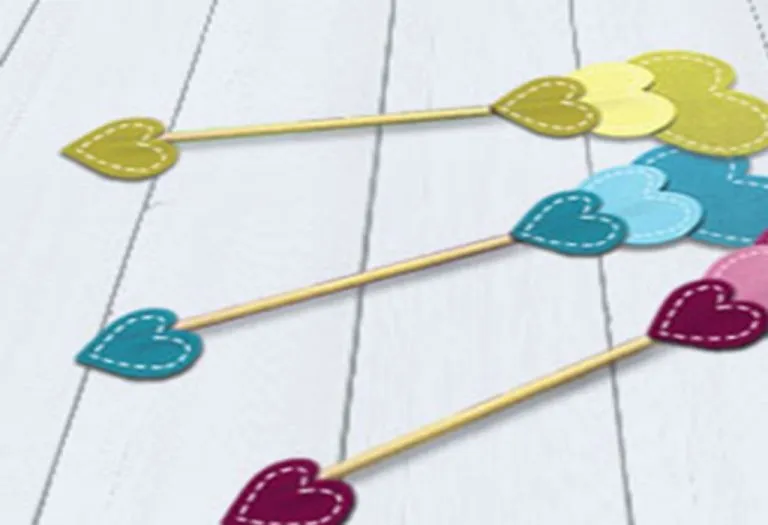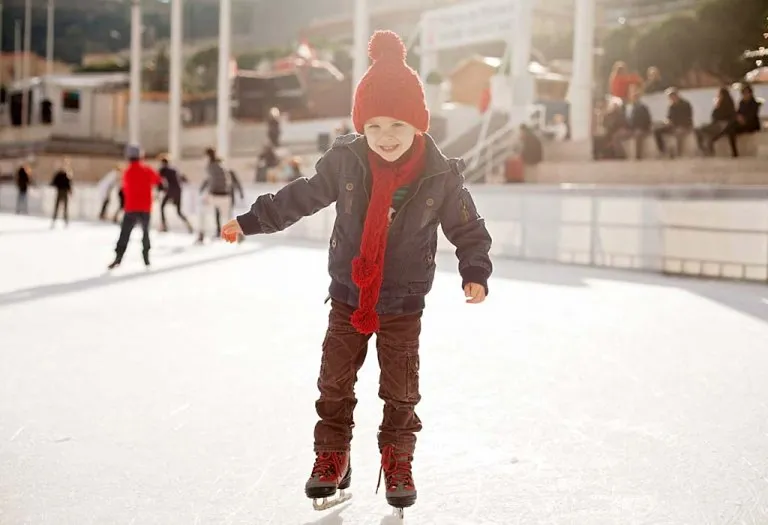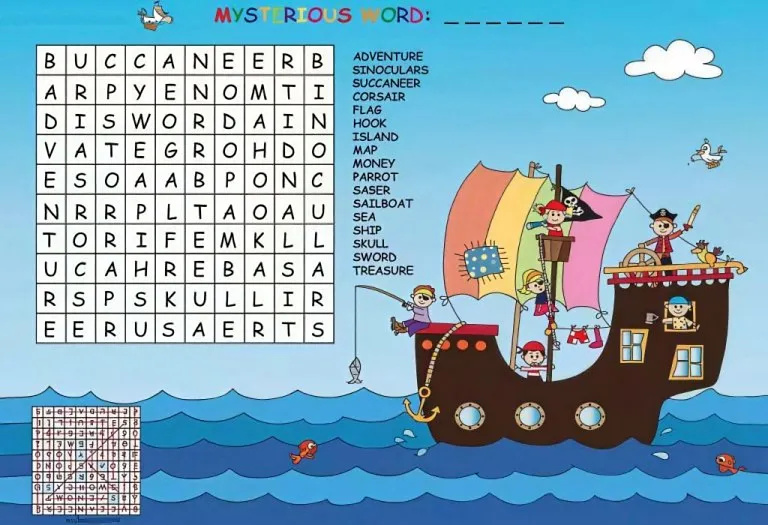Learning Colours for Toddlers and Preschoolers – Teaching Tips and Best Activities
Children begin to notice colours at a very young age. Parents can, therefore, start teaching colours to toddlers & preschoolers by the time their little ones turn 18 months old. Babies as young as 18 months may not be able to communicate verbally but can easily point to different colours once they are introduced to them. Learning and identifying is considered a milestone in their cognitive development. Being able to distinguish colours with the help of creative activities and art helps build the cognitive pathways between visual cues and words (1). Therefore, helping children learn colours is essential at a very early age.
Why Teaching Colours to Toddlers Seems Complicated?
Your young one’s ability to recognise different colours begins to develop way before he is one year old. At the same time, he starts to notice differences in shapes, texture, and size and picks up the similarities. This is them using their visual discrimination skills and putting them in different conscious baskets to identify them separately (2). Knowing primary colours takes longer, and most children by the age of 30-36 months can name at least one colour (3).
Before you begin to teach colours to toddlers, it is crucial that you understand your child’s learning process. Especially with abstract concepts, such as colours, kids need to have accumulated a lot of information before they can understand colours. Before the concept of colour is understood, the learning might be as simple as ‘blue is blue’. Kids cannot differentiate between different shades, such as shades of blue – light blue and navy blue; neither do they have the verbal skills to explain the difference.
As kids begin learning what each colour is called, they also need to understand what each colour represents. For example, if you show your child a green apple and say the colour is green, he may associate the shape of an apple with the word green and may remember it as such. Therefore, you will also have to show him an apple that is not green, so it can act as a negative example to show the difference.
With more examples which show that green is not the shape, not the size, not the texture and not the name of an object, kids can grasp what green is. Therefore, every time you show your kid something green, but with a different quality to it, his understanding of the concept gets refined. Although it takes time, teaching colours can be easy as you can use everyday objects and different images to teach your child all about colours.
How to Teach Colours With Everyday Activities?
Teaching colours during everyday activities and routines is the best way to reinforce the concept of colours taught to kids in their preschools. Children are naturally attracted to brightly coloured objects, especially red; hence, most of their toys are strikingly colourful. Showing them an object, say, a ball, using the word “colour” along with the object’s name is a good way to teach them colours. Therefore, instead of saying, ‘This is red’, the better approach would be to say, ‘This is a ball, and its colour is red’ or ‘Please get the red ball.’ (4) The same can be done with different coloured balls.
It should also be noted that children’s receptive language develops earlier than expressive language. Kids could point at a colour long before they can say its name. Therefore, during playtime, you could ask your child to pick up all the pieces of a particular colour and put them together. It helps to stick to the primary colours – red, yellow, blue, black and white. You can add other colours later on.
Dedicating time to each colour separately is another good way to teach the concept. A “green week” or a “yellow week” works very well in helping children understand colours over time. You could wear identical-coloured clothes, paint in the same colour, or use toys with a specific colour every week. Children are experiential learners; therefore, they will learn better if they are taught to explore colours through all their senses, such as sight, smell, sound, taste, and touch.
12 Easy Ways to Teach Colours to Preschoolers
These ways to teach colours to preschoolers are fun and can help you teach your kid the concept of colours effectively. Let’s get started with exciting colour activities for toddlers and preschoolers!
1. Modelling Clay
Activities involving modelling clay is a great tool to teach colours in kindergarten. Modelling clay is highly engaging while being endlessly fun. Children can learn how to recognise colours and build different things out of the same colour. They can also mix colours to see what they get!
2. Colour Matching Games
Colour-matching games are great for teaching primary colours to preschoolers. You can make coloured cards out of any cardboard and place them on the floor or table, and get your kid to pick up matching colours. The same can be done with coloured blocks or balls with each day dedicated to a different colour.
3. Finger Painting
Finger painting is an immensely fun activity that teaches colours to 2- to 3-year-old kids. Children of that age are old enough to paint with colours, and you can start with one colour every day. The activity would be to let them have fun colouring while they tell you what colour it is.
4. I Spy Game
Play the “I Spy” game around the house and let the kids find objects of different colours. You can also play this game with an “I Spy” book that has different-coloured papers pasted on different pages, and the kids can look for them.
5. Colour Jigsaw Puzzle
Make a simple jigsaw puzzle out of cardboard strips of the same colour and let the kids pick up similar colours and put them all together.
6. Treasure Hunt
Hide a differently coloured object in a playing pit and let the kids dig out blocks of the same colour. Alternatively, you can use a bucket filled with sand to hide smaller coloured blocks.
7. Colour Fishing Game
Take cardboard sheets of different colours and cut out fish shapes. Glue a magnetic strip on each cutout. Then, take a stick and glue a string to it. On the other end of the string, carefully glue a magnet. Now, let your kid go fishing to catch all the fish in the colour of the day!
8. Colouring Books
Colouring in books is the simplest way to get kids to learn colours. Ask your child what coloured crayon he is using for each page when he’s having fun colouring.
9. Colour Days
Wear the same colour shirts on different days of the week. Monday could be yellow, Tuesday could be red, and Wednesday could be green. On those days, play with toys of the colour of the day.
10. Ribbon Dancing
Coloured streamers are available at party stores and are excellent for a ribbon dancing activity. Let the kids have fun dancing with their coloured streamer.
11. Pom Pom Colour Sorting
In this activity, kids will have to sort the coloured pom poms into categorised colour baskets. You can make the game interesting by adding the rule of picking the pom poms using either chopsticks, tongs, or safety pins.
12. Paper Tube Colour Stickers
Using just a paper tube and colour stickers, you can keep your child engaged. All you have to do is make big round dots of the size of the colour stickers. Ask your little one to match the colour on the tube by pasting the same-coloured stickers on it.
FAQs
1. Can babies and toddlers see all the colours right from infancy?
According to the American Optometric Association, it is generally believed that babies develop good colour vision by the time they are 5 months of age, even though their vision is as developed as an adult’s (5).
2. Which colours should be taught to children first?
There is no specific colour to start with, so you can teach your little one all of them from the beginning by starting with the basic ones.
3. What colours can I safely use for my little one?
You can use diluted food colours or edible paints to use in colouring activities for preschoolers and toddlers.
4. How can toddlers and preschoolers benefit from learning colours?
Learning colours aids toddlers in developing cognitive, mental, and creative skills (1). Recognizing and naming colours boosts their language abilities, allowing better self-expression. Understanding colours also enhances mathematical skills through logic, sorting, comparing, organizing, and matching (6). Engaging in colour activities can relax and de-stress toddlers with behavioural issues, improving their attention span and making them better learners (7).
These activities will help you teach your child different colours in a fun way. First, familiarise your kid with bright colours; kids have a natural affinity towards anything bright and shiny. Then, introduce him to other colours. Try to use everyday objects to reinforce the concept of colours, as it will help your kid learn colours, and various shapes and sizes. Apart from that, focus on improving other skills, too, by getting hands-on educational kits to promote overall intelligence in your child. The activities in these kits will help him work, hone other talents, and learn something new every day.
References/Resources:
1. Creative Art Helps Children Develop across Many Domains; National Cooperation Extension Resource; https://childcare.extension.org/creative-art-helps-children-develop-across-many-domains/; August 2019
2. Why is Visual Discrimination Important?; Primarily Learning; https://primarilylearning.org/lets-connect/; February 2020
3. When Do Kids Learn Colors?; New Kids-Center; https://www.newkidscenter.org/When-Do-Kids-Learn-Colors.html#google_vignette
4. Popular Activities to Teach Color Words; Primarily Learning; https://primarilylearning.org/learning-colors-name-sort-match/
5. Infant Vision: Birth to 24 Months of Age; American Optometric Association; https://www.aoa.org/healthy-eyes/eye-health-for-life/infant-vision?sso=y
6. Help Your Child Develop Early Math Skills; Zero To Three; https://www.zerotothree.org/resource/help-your-child-develop-early-math-skills
7. How Colors Can Benefit Children; Hunakai Studio; https://www.hunakaistudio.org/how-colors-can-benefit-children/; August 2017
Also Browse Coloring Pages:
Easy Colouring Pages for Kids
Animals Colouring Pages for Pre-schoolers
Vehicles & Transport Colouring Pages for Toddlers
Letters & Alphabets Colouring Pages for Children
Superheroes Colouring Pages for Kindergarten
Also Read:
Fun and Educative Colour Activities for Kids
Interactive Learning Activities for Toddlers
Language Development Activities for Toddlers
Number & Counting Games, Activities for Preschoolers
Was This Article Helpful?
Parenting is a huge responsibility, for you as a caregiver, but also for us as a parenting content platform. We understand that and take our responsibility of creating credible content seriously. FirstCry Parenting articles are written and published only after extensive research using factually sound references to deliver quality content that is accurate, validated by experts, and completely reliable. To understand how we go about creating content that is credible, read our editorial policy here.





